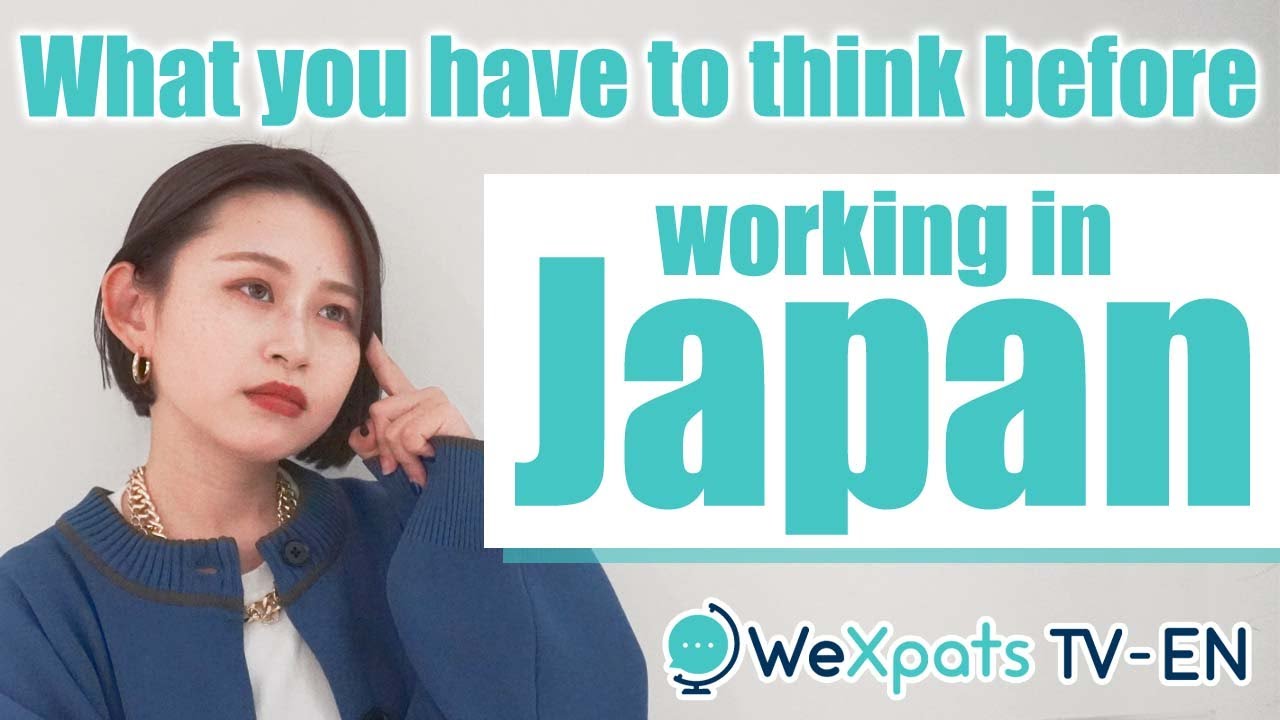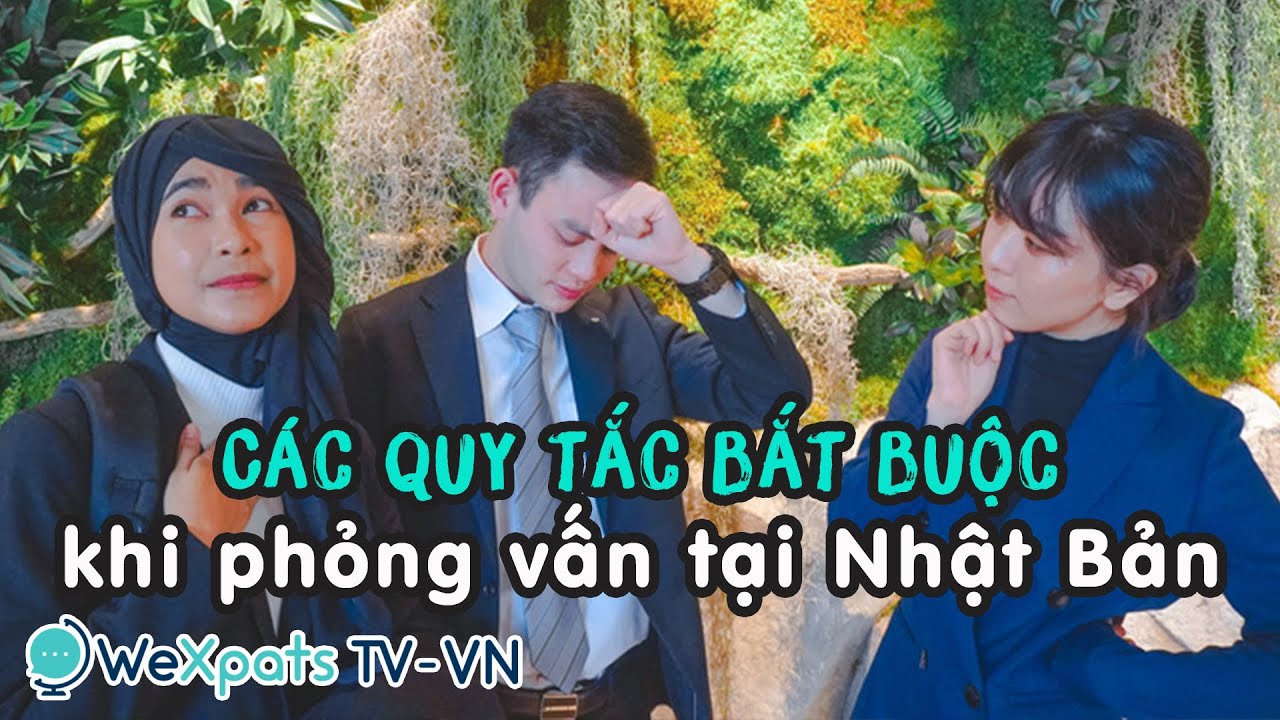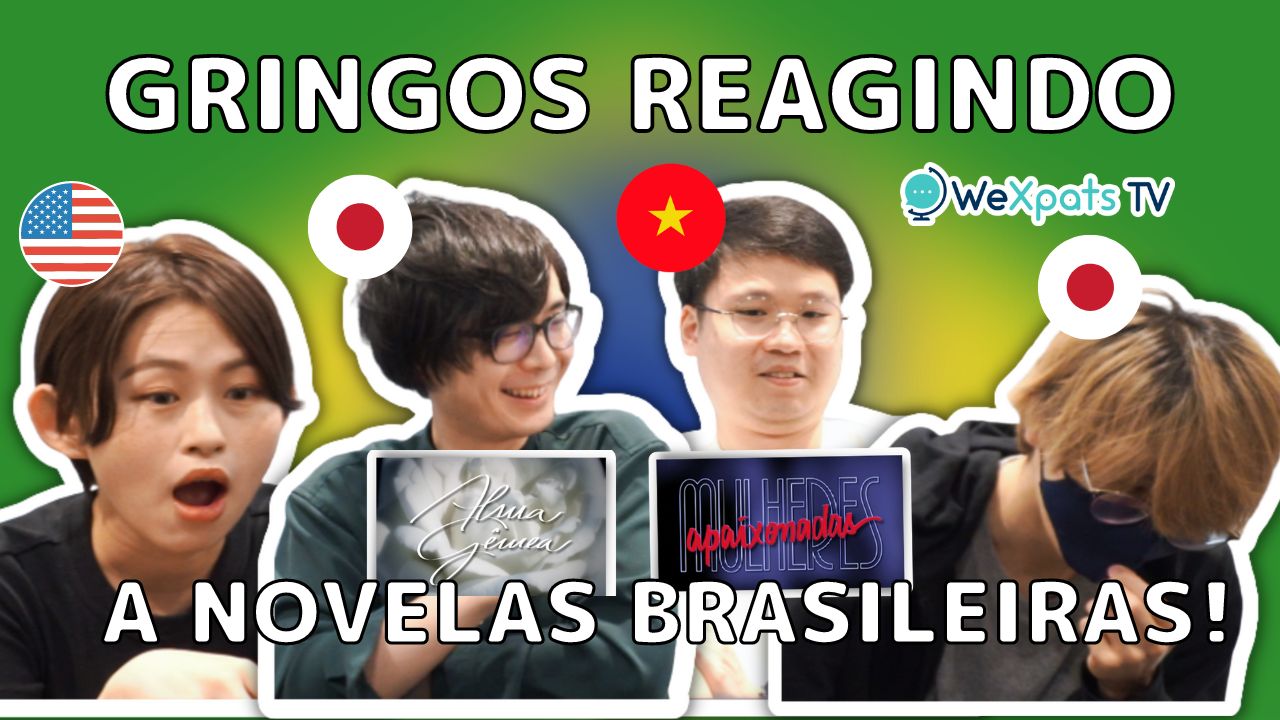Morioka, the capital city of Iwate Prefecture, is an often overlooked vacation destination in Japan due to its lack of a major attraction. With rich history, delicious noodles, and beautiful scenery, and only located 2.5 hours away from Tokyo, it is a great choice for a weekend trip.
Table of Contents
- Introducing Morioka City
- Top Morioka Attractions
- The Taste of Morioka
- Events to Visit in Morioka
- Takeaway
Introducing Morioka City
Morioka 盛岡 is the capital city of Iwate Prefecture of the Tohoku region. North of Sendai and Tokyo, it makes for a great getaway if you’re looking to explore the other parts of Japan.
Aside from being Iwate’s capital city, Morioka also plays a major role as the prefecture’s central railway hub. But more so than that, Morioka is home to many preserved traditions and festivals. This includes its history as an ironware and charcoal production town, and the host of a popular annual horse fair event.
Writer's Pick
Top Morioka Attractions
Without further ado, let’s look at some of the places to visit at Morioka:
Morioka Hachimangu Shrine
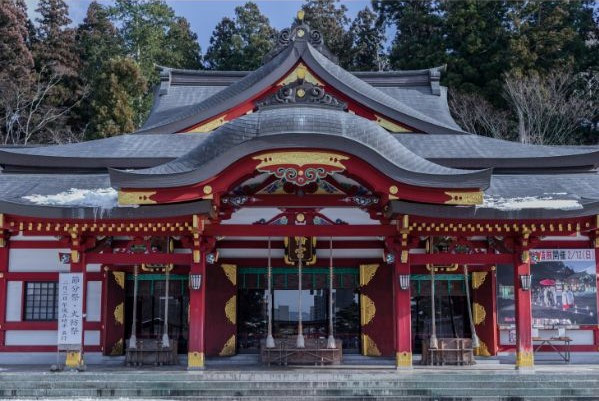
Morioka Hachimangu Shrine was first established more than 300 years ago. It enshrines Japan’s 15th Emperor who is believed to be the God of Life who gives blessings of harvest, education, and business prosperity amongst others. As the biggest shrine in Morioka, it is the base of Shinto celebration and religion, welcoming many visitors throughout the year.
Access: From Morioka Station, take the local bus to Sannoushita Bus Stop
Ishiwarizakura
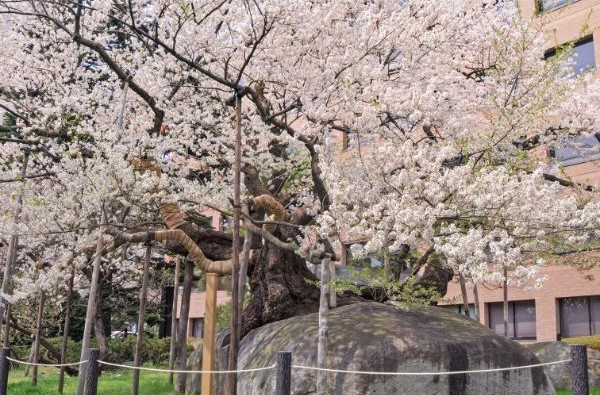
Ishiwarizakura 石割桜, or its literal translation “Rock-splitting Sakura”, is a cherry blossom tree that grew from within a huge rock. The tree is around 400 years old and symbolizes the strength of nature. It is a designated Natural Monument of Japan 天然記念物. These can be animals, plants, geological features, or minerals that have high scientific value as deemed by the Japanese government, and therefore require protection.
Access: 2-mins walk from Chuodori 1-Chome Bus Stop
※ Agency for Cultural Affairs, Government of Japan, “Natural Monuments of Japan”
Iwate Museum of Art
The Iwate Museum of Art features works and collections of various artists including Iwate's 3 prominent artists, namely Yorozu Tetsugoro, Matsumoto Shunsuke, and Funakoshi Yasutake. The museum features a grand gallery, Open Air Exhibition, Special Exhibition Area, and its own museum shop.
Access: From Morioka Station East Exit, take the Moriminami Loop 200 Bus directly to Kenritsu Bijutsukan-mae Bus Stop
Opening Hours: 9:30~18:00, closed on Mondays
Entrance Fee: 410 yen (Adult)
Morioka Castle Ruins (Iwate Park)
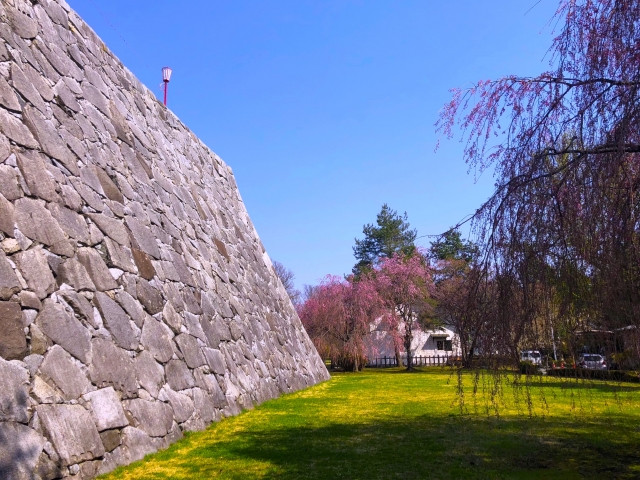
Originally built by the Nanbu Clan during the Kamakura Period, all that remains of the once grand Morioka Castle are stone foundations and ruins. In 1906, the ruins of the palace were refurbished into Iwate Park, a resting place for the community. In 2006 on the park’s 100th anniversary, it was officially nicknamed Morioka Castle Ruins Park. Aside from the great stone foundation, there is also the kitchen ruins, honmaru palace ruins, and bridge ruins. Lastly, these ruins are also 1 of 100 Historical Parks of Japan, as well as 1 of 100 Fine Castles of Japan.
Access: From Morioka Station, take the local bus to Morioka-jo-ato Park Bus Stop
Morioka Handcrafts Village
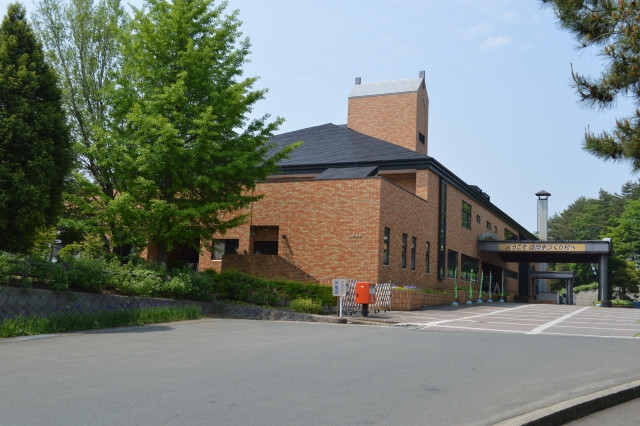
Morioka Handcrafts Village 盛岡手づくり村 is the best place to experience Morioka’s carefully preserved tradition and culture. The village is separate into 3 zones:
-
Handmade Studio: A workshop area where visitors can join hands-on classes. Try a hand at pottery, fabric dyeing, sweets-making, ramen cooking, toy crafting, and more.
-
Nanbu-magariya: A look at the past, Nanbu-magariya is an old village house with a thatched roof and clay wools.
-
Regional Industry Promotion Centre: An exhibition room and souvenir shops showcasing local handmade products can be found here.
Access: From Morioka Station, take the local bus to Morioka Tezukurimura-mae Bus Stop
Opening Hours: 8:40~17:00
Entrance Fee: 100 yen
The Taste of Morioka
Speaking of Morioka Food, nothing is more famous than Morioka’s San Dai Men モリオカ三大面 aka Three Great Noodles:
Morioka San Dai Men
The three great noodles of Morioka are as follows:
Jajamen じゃじゃ麵
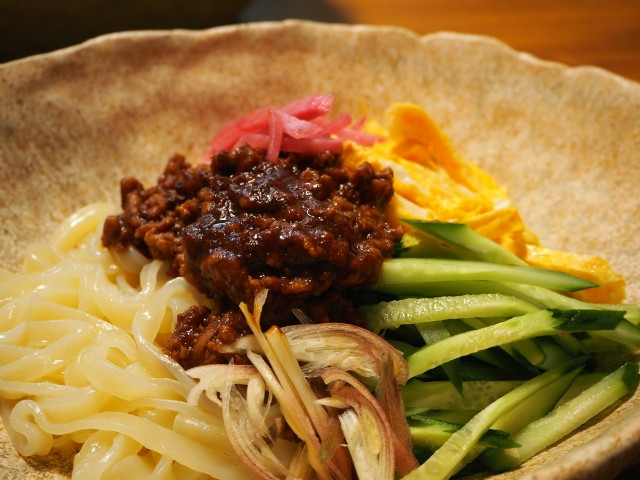
Morioka’s Jajamen is originally from Hakuryu, which you can still visit to have a taste. The noodle dish was created with China’s Zha Jiang Mian in mind. The dish contains udon noodles mixed with special miso meat paste. Add toppings like minced ginger, vinegar, garlic, chili oil to your taste. As a finisher, leave behind some of the noodles and toppings and order egg soup called chiitantan. Mix it all together and complete your meal.
Reimen 冷麵

Also inspired by a Chinese noodle dish, Morioka’s Reimen was originally developed by a North Korean man in Morioka. The noodles for Reimen, aka cold noodles, are made from a mixture of wheat and potato flour to give it a chewy texture. The light broth is made from boiling beef bones and chicken. To kick up the flavour, Reimen is served with spicy kimchi. Reimen is now widely available all around Morioka and subsequently all around Japan, with each shop adding their own twist to it.
※ Visit Iwate, "Morioka Reimen, Morioka City"
Wanko Soba わんこそば
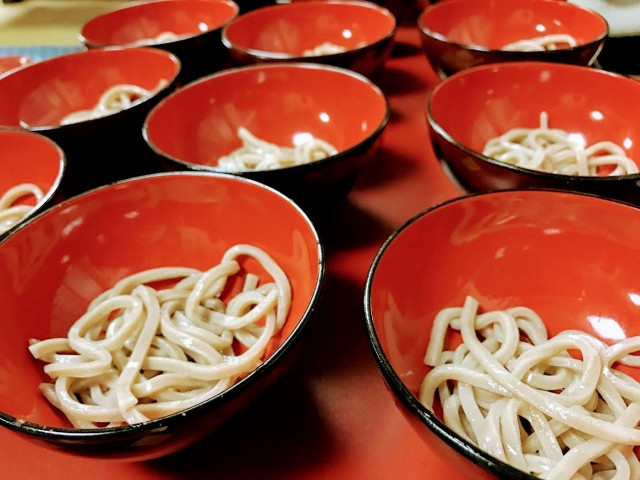
You’ve probably heard of the all-you-can-eat soba challenge that became viral. That’s actually Wanko Soba. Wanko Soba’s origins are actually quite humble; it carries the traditional Japanese hospitality feelings of “omotenashi” with the intention of letting guests gradually eat their fill. Small bowls of soba would be served to guests who would enjoy the small servings with various assortment of condiments. On average around 15 bowls of Wanko Soba is a satisfactory meal. Recently however, it has become a challenge to stuff yourselves with as many bowls of Wanko Soba as you can - the highest record in Morioka is 570 bowls!!
Events to Visit in Morioka
As previously mentioned, Morioka is also home to a great mady festivals. Here are some to catch if you can:
Sansa Odori Festival
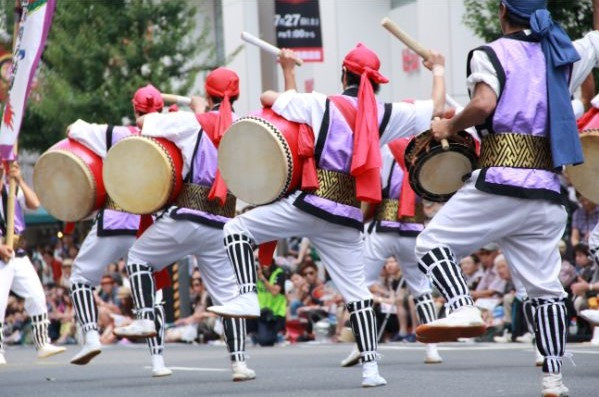
One of Tohoku’s Five Great Summer Festivals 東北五大祭り is the Sando Odori Festival. The Sansa Odori Festival 2014 is also the current Guinness World Record holder for Largest Japanese Drum Ensemble for its taiko drum parade. It had over 3,000 participants. The festival celebrates the Sansa dances history and origins as well as the significance of the prefecture’s name, Iwate.
Event Period: 1 Aug - 4 Aug
※ Guinness, “Largest Japanese drum ensemble”
Chagu Chagu Umako Horse Festival
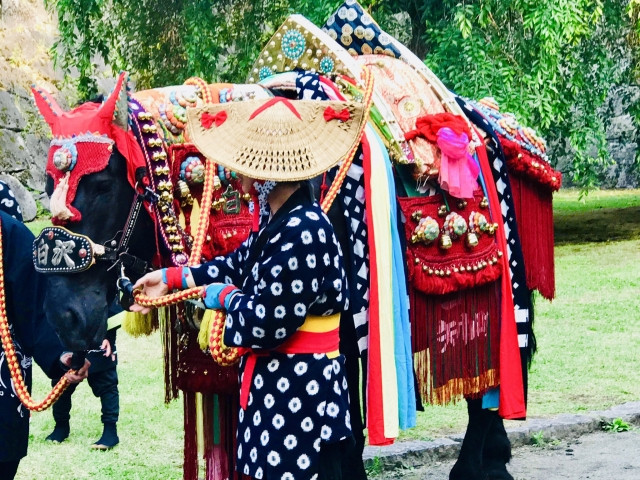
The highlight of Morioka’s most highly anticipated annual horse festival is the horse parade. It starts from Onikoshi Sozen Shrine until the Morioka Hachimangu Shrine. What does Iwate Prefecture have to do with horses you wonder? In olden times, Iwate was a land of horses. The people of Iwate and the horses lived together in harmony and were essential for field plowing. The original reason for the festival’s celebration was a dayoff for the horses and for prayers to their good health. When the parade starts, you can hear the loud “chagu chagu” clanging of the bells that decorate the horses as they trot down the streets.
Event Period: Second Saturday in June
Takeaway
Morioka City sure sounds interesting after reading this, don't you think? Not just the pioneer of some of the greatest noodles in Japan, their dedication to preserving Japan’s traditional arts and grand festivals are something to admire as well. Support this wonderful history the best way you can by paying a much-deserved visit and immerse yourself in tradition.



















.jpg)

